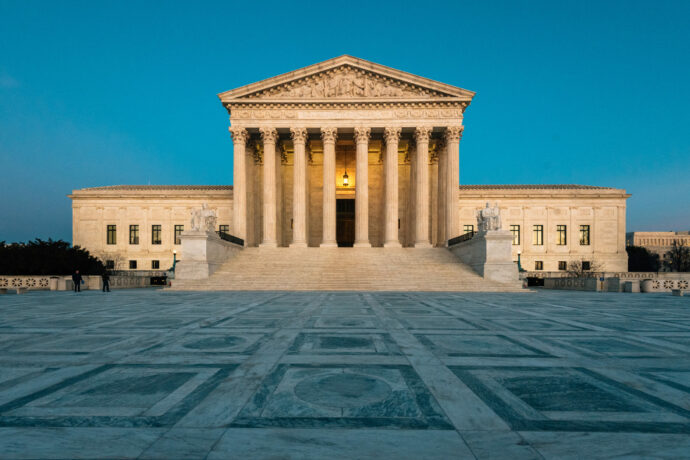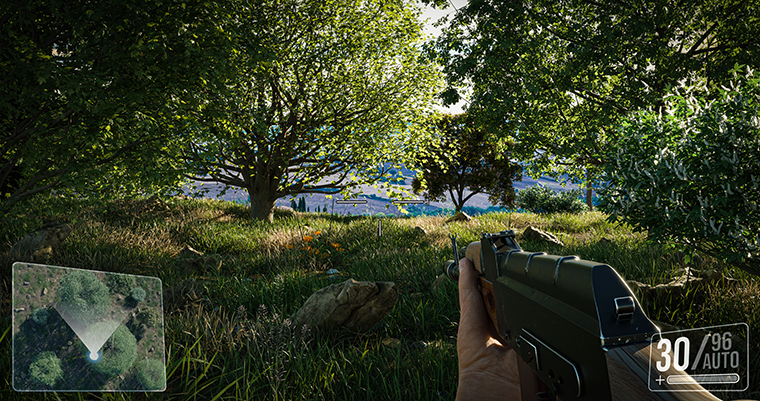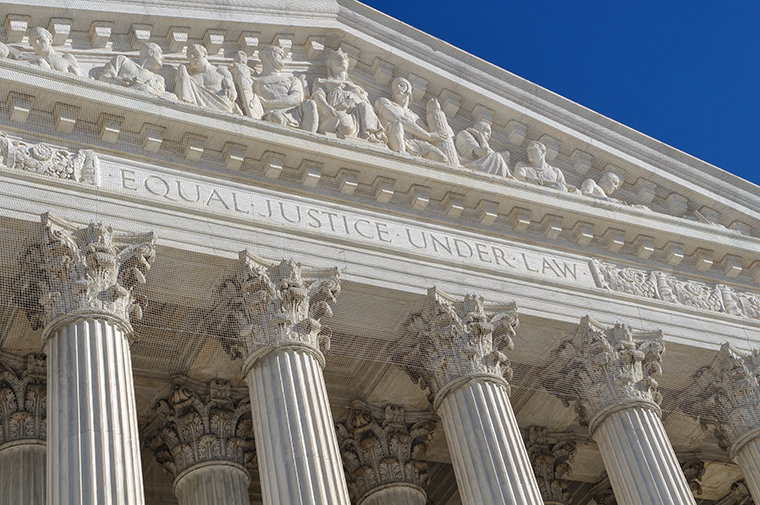YouTube Uses Hashing to Dramatically Reduce Videos Featuring Anwar al-Awlaki

November 13, 2017
YouTube has taken a narrow but important step to protect its users and society at large from dangerous content online. The world’s most popular digital video site has markedly reduced its inventory of taped sermons delivered by the late terrorist recruiter Anwar al-Awlaki, the New York Times reported on Nov. 12.
In a recent report on the role of YouTube and other major Internet platforms in fighting harmful digital content, the Center for Business and Human Rights cited Awlaki’s recruitment as the kind of material that merited being taken down.Terrorism experts have cited his sermons as inspiring the perpetrators of the Boston Marathon bombing, the San Bernardino, California, massacre, and other attacks.
The Center argued that platform companies like Google, which owns YouTube; Twitter; and Facebook can—and should—do more to screen out harmful content, including terrorist incitement and political disinformation of the sort that Russian operatives used to interfere with the 2016 U.S. presidential election.
Awlaki, an American-born cleric, was a prime candidate for removal. He was considered the leading English-language terrorism recruiter, even six years after his death in an American drone strike. A member of Al Qaeda, he has in recent years been embraced posthumously by the Islamic State of Iraq and Syria (ISIS).
The technology YouTube used to remove most of Awlaki material is one that the Center singled out in its report as a promising tool for addressing terrorist incitement. Known as “hashing,” it can create what’s essentially a digital fingerprint of a video. Once YouTube employees identify an Awlaki sermon as problematic, the hashing tool automatically eliminates all copies of of the same video posted on the site.
A search of YouTube for “Anwar al-Awlaki” on Nov. 12 showed 18,000 results, down from what the Times said was more than 70,000 videos available earlier this fall. Notably, the top-listed results remaining on the site were news reports about the cleric and/or his death and presentations debating the legitimacy of his teachings.
It took YouTube a long time to act on the Awlaki material. The video site said as early as 2010 that it would remove his calls for violent jihad.
That YouTube acted now isn’t happenstance. As a result of revelations about Russian disinformation that may have been seen by as many as 146 million Americans in 2016, the Internet platforms have come under increasing pressure to police themselves more vigorously. The likely alternative to more aggressive self-regulation is greater government regulation of digital content, which risks overreaching and official censorship of dissent. European governments, led by Germany, are moving toward imposition of stiff penalties for online “hate speech.” Venezuela followed suit just last week.
YouTube’s ability to distinguish between incitement to violence and news coverage about the source of such incitement is a heartening sign that the companies can make progress on their own—if they have the will to do so.
 Technology & Democracy
Technology & Democracy


